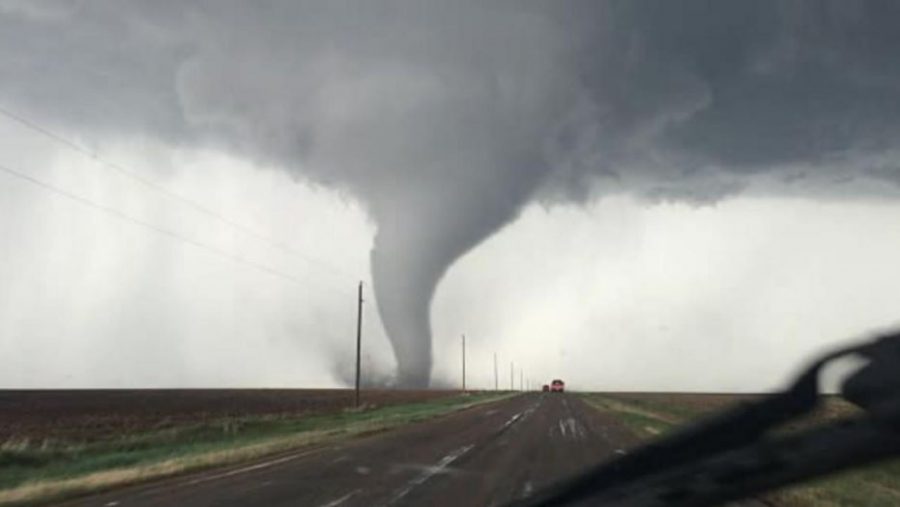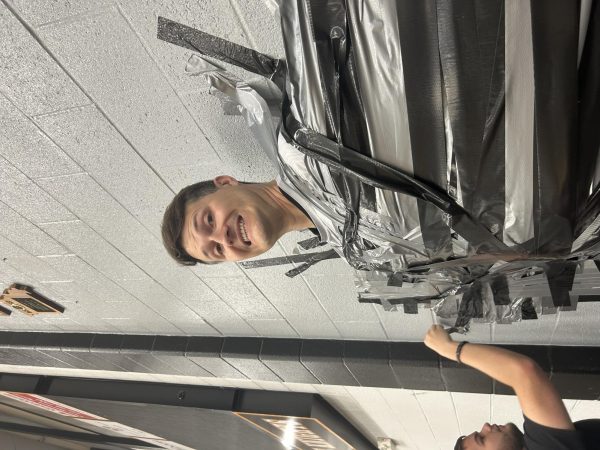Tornado wipes out Nashville
During the tornado outbreak of March 2-3rd, multiple tornadoes had formed, one killing at least 25 people in Tennessee as severe thunderstorms threatened the area late Monday into early Tuesday (many states also experienced this weather, including Texas, North Carolina, Missouri, and Kansas).
Tuesday morning, Gov. Bill Lee had mentioned that nine people had died (later concluded to be 25) and a ‘number of people’ remain missing. The tornado demolished homes and over 40 businesses, which left one part of a building laying on a public road, and tens of thousands of residents were left without power.
According to Washingtonpost.com, “the tornado touched down northwest of Nashville shortly before 12:40 am, as the National Weather Service said. Damage was reported along a path that ended about 10 miles east of the city, in Hermitage, Tennessee.”
This is just another example of how dangerous thunderstorms can be\; on May 23, 2019, a tornado caused damage in Jacksonville, Missouri, leaving three residents dead. Most everyone remembers the Joplin, Missouri EF5 tornado back in 2011, which left 158 casualties and 1,150 injuries.
If you’ve lived in Missouri for the majority of your life, then you have been included in at least one ‘tornado/severe thunderstorm’ warning. While many of us think of these practice drills as a way to get out of class or presenting a project, it’s also important to understand the reason we have these drills, as the Nashville tornado happened the same morning as our planned tornado drill.
It’s Missouri, and the weather is definitely unpredictable – so it’s important to be prepared if we ever became a target for tornadoes or severe storms:
The most important steps to remember during a tornado is GET IN, GET DOWN, AND COVER UP!
If you are at home, go to the lowest part of your house: Basements and Storm Cellars are the best options – bathrooms, closets, hallways, and under stairwells are also options, but they must be as far away from windows and doors as possible. MOBILE HOMES ARE NOT SAFE! If you are in a mobile home, leave and go to the nearest substantial building.
If you are in public, then it is likely that you will just follow safety precautions with others. Hotels, hospitals, and stores often have safety plans for severe weather, but it’s important that you also know what to do. Same as at home – go to the lowest floor of a building and cover up.
If you are in a vehicle during an unexpected threat, stay alert with a broadcast or radio station. If it comes down to it – ditches, culverts, and ravines may be your last option (never stay in your car during a tornado). These three options should only be used when you have absolutely no other way to go, and it’s not likely that they will keep you completely unharmed. If there is a possibility of severe weather, then you should most likely stay indoors and delay your trips.
If you absolutely have to travel, then pay attention to local radio stations and be prepared to stop at the nearest building if it becomes threatening.







